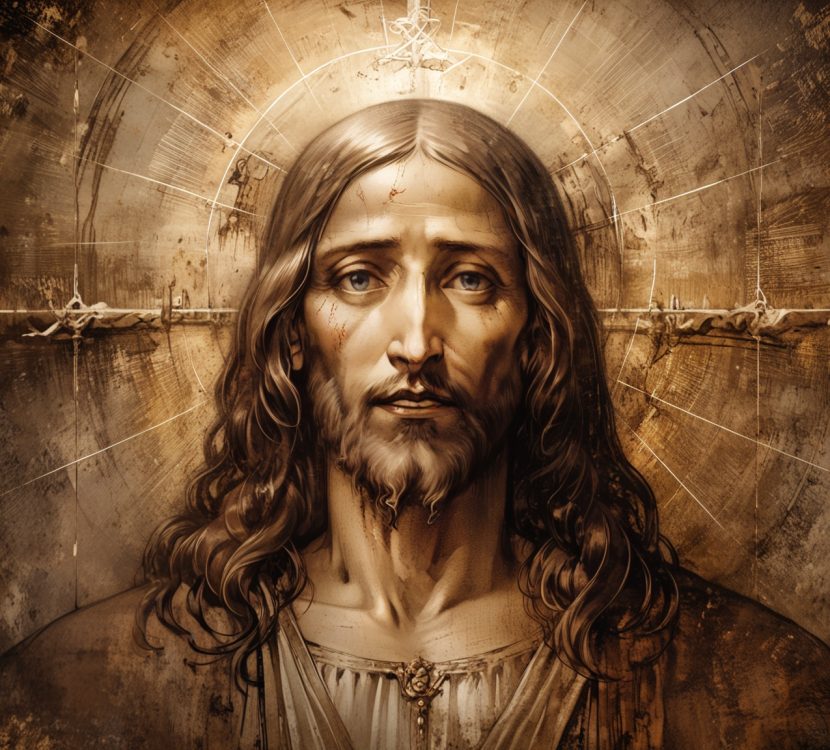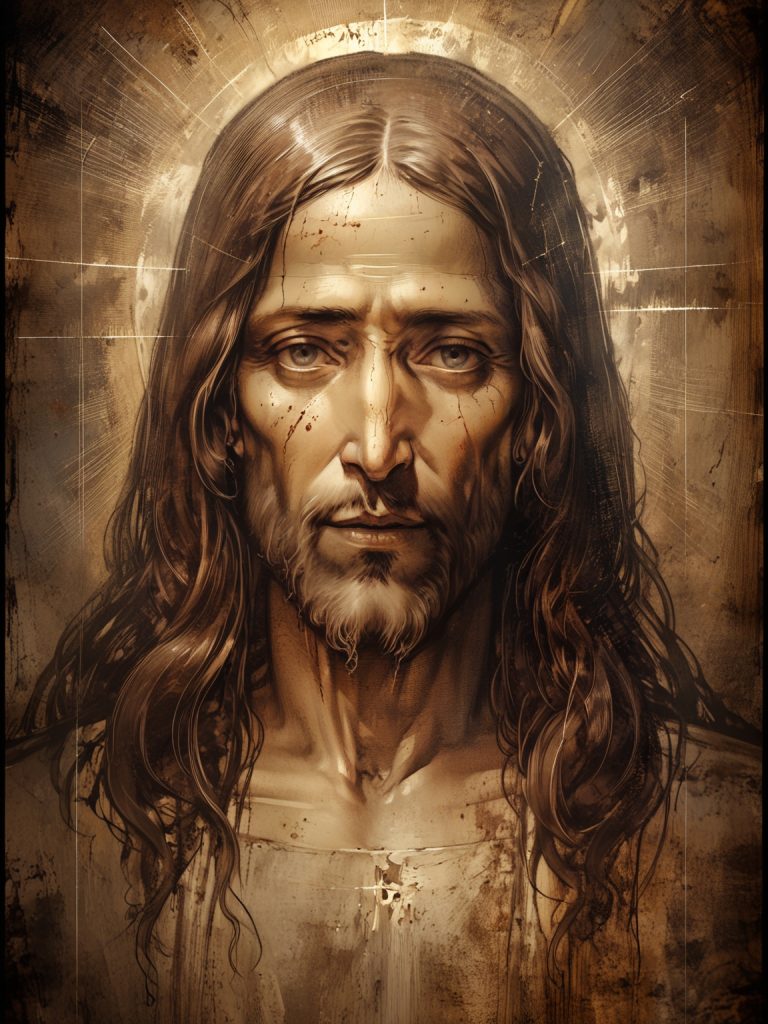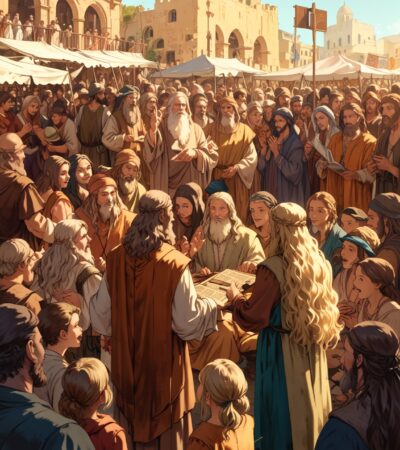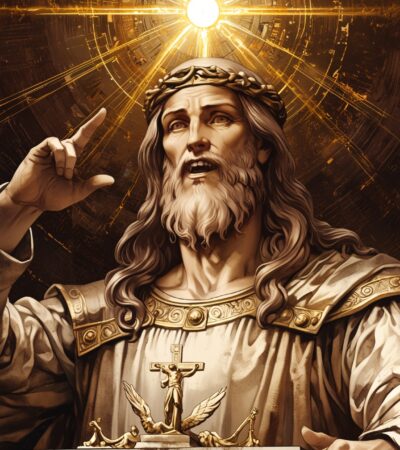David Rolfe’s Shroud of Turin Journey: From Atheist to Christian
Discover how atheist-turned-Christian David Rolfe set out to debunk the Shroud of Turin but ended up converting to Christianity. Dive into the mysteries of this revered relic and Rolfe’s million-dollar challenge to recreate its image.

Let’s take a moment to appreciate the irony: David Rolfe, a once-declared atheist, set out to disprove one of Christianity’s most revered relics, the Shroud of Turin. And what happened? Well, instead of debunking it, he ended up converting to Christianity. Yep, that’s right—he started as a skeptic and ended up a believer. But hey, life’s full of surprises, isn’t it?
Now, I get it—you might be thinking, What’s the big deal with this Shroud of Turin, anyway? Allow me to break it down for you, as a friendly guide, with a dash of wit and some sarcasm to keep things interesting.
- David Rolfe, once an atheist, converted to Christianity after investigating the Shroud of Turin.
- The Shroud is a 14-foot linen said to bear the image of a crucified man resembling Jesus.
- Despite being labeled a forgery by 1980s carbon dating, new X-ray analysis places it closer to the time of Christ.
- Rolfe challenges anyone to recreate the Shroud’s image without using paint or ink, offering $1 million to the winner.
- New autopsy findings support the idea that the Shroud could be authentic.
- The Shroud remains one of history’s most debated religious relics.

The Shroud of Turin: A Quick Overview
The Shroud of Turin is this 14-foot-long piece of linen that allegedly holds the faint, brownish image of a man. And not just any man, but a man with injuries that supposedly match those suffered by Jesus during his crucifixion. Now, picture this: a five-foot-six guy with sunken eyes, wounds on his head, hands, feet, and sides. Sound familiar? It should—it’s the spitting image of Jesus Christ himself. Or so believers say.
Scientists in the 1980s weren’t buying it, though. They declared the Shroud a medieval forgery after carbon dating tests dated the fabric back to somewhere between 1260 and 1390 AD. Case closed, they said. Or was it?
Enter David Rolfe
David Rolfe, a British filmmaker and expert in photography, decided to explore the mystery for himself in his 1978 documentary. His goal was simple—find a logical, scientific explanation for the shroud’s image. But something unexpected happened. Instead of debunking it, Rolfe became a believer. How’s that for a plot twist?
He didn’t just stop there, either. Over the years, he’s made more documentaries and written books about the Shroud of Turin, doubling down on his belief that the cloth is indeed authentic. “I started as an atheist, became an agnostic, and now I’m a Christian,” Rolfe said. Seems like that shroud had a little more to offer than just some old stains and fabric.
The Million-Dollar Challenge
If you’re still skeptical, Rolfe’s got a challenge for you. He’s offering $1 million—yep, a cool million—to anyone who can recreate the Shroud of Turin’s image of a crucified man without using ink, paint, or other agents. So far, no takers. And honestly, that’s not too surprising. Turns out, it’s not so easy to mimic a centuries-old relic that defies scientific explanation. Go figure.
Now, let’s talk about the science behind all this. Sure, the carbon dating tests from the ‘80s seemed pretty convincing at first. But here’s the thing—they only tested a small, worn-out corner of the shroud. That’s like trying to judge an entire book by the last page (one that’s been torn, stained, and doodled on, no less). Rolfe believes that the tested portion was actually part of a repair done between the 12th and 14th centuries, skewing the results.
A New Perspective: X-Ray Analysis
Fast forward to today, and new research using modern X-ray techniques is placing the Shroud of Turin right back in the time of Christ. According to the latest findings, the fabric itself may indeed date back to the first century, aligning it with the time of Jesus. So, could the shroud be the real deal after all? Rolfe certainly thinks so.
And here’s where it gets even more interesting: the image on the shroud isn’t made of paint, ink, or dye. There’s no visible trace of pigments or stains. Scientists still can’t explain how the image got there. For believers like Rolfe, the answer is simple—it’s a miracle. They think that the image was imprinted onto the fabric at the moment of Jesus’ resurrection, leaving behind a photographic negative that’s been baffling experts for centuries.
The Autopsy Revelation
In 1997, Rolfe asked Dr. Robert Bucklin to conduct an autopsy using full-size images of the shroud. The findings were jaw-dropping. Bucklin discovered evidence of blood stains that flowed down the body in a way consistent with crucifixion. He even found three straight lines on the back, which matched the marks made by the Roman flagrum—a whip used during Jesus’ flogging.
Talk about attention to detail, huh? According to Bucklin, the whip marks allowed him to estimate the height of the people who carried out the flagellation. That’s some next-level forensic work on a centuries-old cloth. So, is the Shroud of Turin a hoax, or are we looking at something truly miraculous? The jury’s still out, but the evidence keeps piling up in Rolfe’s favor.
Rolfe’s Take: Why the Shroud Matters
Here’s where things get personal. Rolfe believes that the Shroud of Turin is more than just a religious relic—it’s a symbol of hope, faith, and the power of belief. He likens the image on the shroud to a photographic negative, created by an immense burst of energy that he can only describe as miraculous. According to him, this was the moment that Christianity was born—the resurrection of a dead man who came back to life.
Now, whether you’re a believer or a skeptic, there’s no denying that the shroud has a fascinating story to tell. And Rolfe? He’s not just fascinated by the mystery—he’s convinced it’s real.
My Point of View: Miracle or Masterpiece?
Do I think the Shroud of Turin is a miracle? Honestly, I’m not sure. But here’s the thing: it doesn’t matter what I believe. What matters is the impact the shroud has had on people like David Rolfe. It turned an atheist into a Christian, and it’s sparked debates among scientists, historians, and theologians for centuries.
But let’s not get too caught up in the details. Whether the shroud is a relic of Christ or a masterful piece of medieval craftsmanship, one thing is clear—it has the power to inspire. And sometimes, that’s more important than knowing the truth. So, do we need to prove it? Maybe not. Maybe faith, by definition, is something that doesn’t require proof. It just is.
The Unsolved Mystery
The Shroud of Turin remains one of history’s greatest mysteries. Whether it’s a genuine relic or a well-crafted fake, it continues to captivate the imagination of believers and skeptics alike. And as for David Rolfe? His journey from atheism to Christianity proves that sometimes, the search for answers leads to unexpected places.
So, are you ready to take Rolfe’s $1 million challenge? Or will you, like so many others, find yourself stumped by the shroud’s mysteries? Either way, one thing’s for sure—the Shroud of Turin isn’t going anywhere, and its legacy will continue to spark curiosity and debate for generations to come.


















